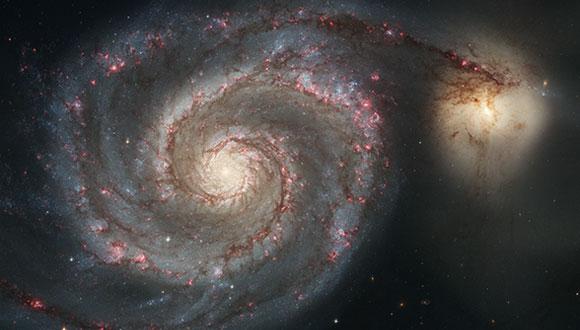Astronomy & Astrophysics Seminar: Shocking New Insights into Classical Novae
Prof. Brian Metzger, Columbia university
Zoom: https://zoom.us/j/7365745304
Abstract:
Classical novae are explosive transients generated by runaway nuclear burning on the surfaces of white dwarfs accreting from hydrogen-rich binary companions. Despite their storied role in the history of Astronomy, our understanding of novae remains surprisingly incomplete.
In the standard paradigm, all nova emission derives directly from energy released by nuclear burning in the hot envelope of the white dwarf. However, this picture has been challenged by the recent discovery of luminous ~GeV gamma-ray emission by Fermi LAT coincident with the optical emission from ~10 classical novae. The gamma-rays originate from relativistic particles, likely ions accelerated at strong shocks internal to the nova ejecta, providing new insights into the time-dependent properties of nova outflows and enabling them to be used as laboratories to study particle acceleration in shocks. The high densities in the nova outflow imply their internal shocks are "radiative" and hence susceptible to various instabilities (thermal, thin-shell) that endow unique features to the shock-generated emission and particle acceleration properties. I will discuss the range of shock signatures in novae covering the entire electromagnetic spectrum, and the implications our new-found understanding of these nearby "garden variety" transients for other (typically much rarer and hence more distant) hypothesized shock-powered transients, such as superluminous supernovae.
Seminar Organizer: Dr. Omer Bromberg


